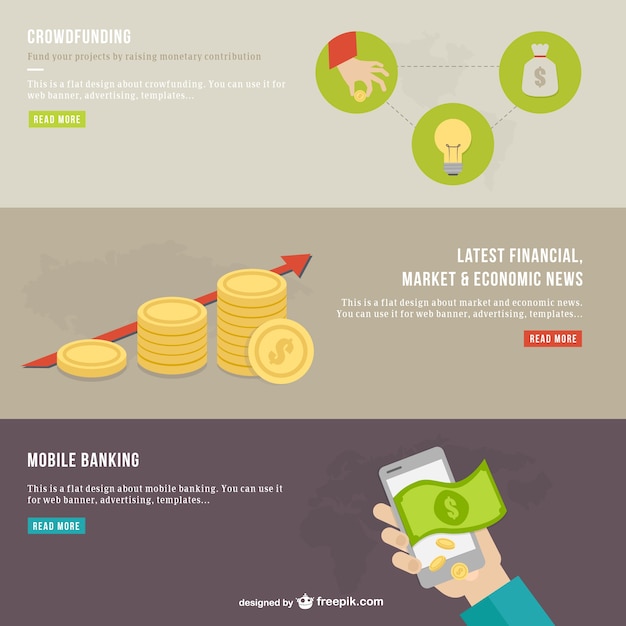
So far, I’ve covered a lot of topics to help you achieve Financial Independence and Retire Early (FIRE). We’ve discussed ways to make extra money, how to start investing in bonds, stocks, or ETFs, and I’ve even given you the Ultimate Guide to FIRE. But today, I want to focus on an essential topic: the savings rate.
The core idea of the FIRE movement is to accumulate enough money or passive income to support your desired lifestyle indefinitely. This means you won’t need to work anymore and can spend your time doing whatever you love!
Your savings rate is the percentage of your income that you save. It’s a quick way to see how much of what you earn is being set aside. There’s no one-size-fits-all method to calculate it, but the basics are straightforward, with some additional factors that can make it a bit more complex.
Think of your savings rate as a benchmark to understand your financial situation. It’s a simple way to figure out how much of your income you’ve saved over the year or month. At the start of your FIRE journey, your savings rate is even more crucial than your rate of return.
Knowing your savings rate helps you make better financial decisions. You can see how specific choices will impact your savings both in the short and long term. Essentially, your savings rate is tied directly to your actions. The more you save, the closer you get to either a luxurious retirement (fat FIRE) or an earlier retirement. In short, a higher savings rate means you can retire sooner.
Here’s the basic formula for calculating your savings rate:
Savings / (Gross Income – Taxes)
Let’s break it down. First, “savings” refers to how much you save each month in total dollars. This includes both pre-tax and post-tax investment contributions. You can also add your monthly mortgage payment, but only the part that goes towards the principal, not the interest. Be cautious with adding mortgage payments since houses generally don’t offer the same return on investment as the stock market.
Next, “gross income” is the total money you earn from your job, side jobs, and any other sources before taxes.
Finally, “taxes” are the amounts you pay monthly, as shown on your payslip. If you have multiple jobs or side hustles, include all those taxes. For self-employed individuals, use your expected tax rate or last year’s rate.
For example, let’s say you save €500 pre-tax and €1000 post-tax each month. You decide not to include your mortgage payment. Your total annual income from your job is €40,000, and you earn an additional €8,000 from a side hustle, totaling €48,000 per year or €4,000 per month. You pay €12,400 in taxes on your salary and €2,000 on your side hustle, totaling €14,400 annually or €1,200 monthly.
So, the calculation would be:
1500 / (4000 – 1200) = 53.57%
This basic math can be adjusted to see how changes in savings or income affect your savings rate.
I currently live on half my income, and I believe you can do it too! Everyone wants to increase their savings rate, even if they don’t realize it yet. By either saving more or spending less, you can boost your savings rate.
Increasing your savings rate can significantly reduce the time needed to become financially independent and retire early. If you save 0% of your income, you’ll never retire. On the flip side, saving 100% means you can retire immediately.
So, what’s your current savings rate?